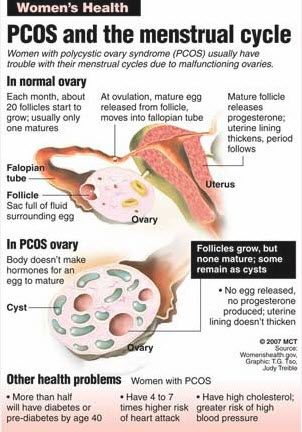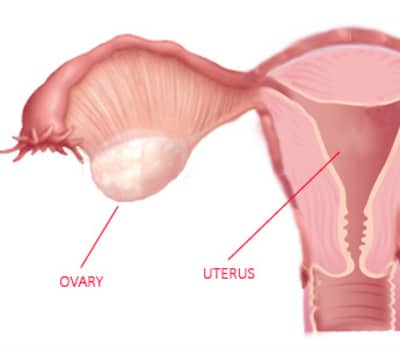
A physician can diagnose cysts by performing a physical exam or an MRI. A doctor will ask about your health history and perform a physical exam to look for specific signs of a cyst. A pelvic exam may reveal the presence of a cyst. A diagnostic test, such as an ultrasound, can reveal whether the cyst is solid or fluid. An MRI is another common test. The images from an MRI are detailed and can help diagnose ovarian cysts.
Most women are able to identify symptoms of cysts in the skin, such as pain, swelling, and redness. A mammogram will show whether the cyst is benign or malignant. However, a cyst that is affecting an internal organ may not cause obvious symptoms. The cyst may not be detectable by an individual and is often discovered during an imaging study that is done for another reason. Regardless of location, it is important to understand the symptoms and diagnosis of a cyst.
Although the exact causes of ovarian cysts are not known, some cysts can be attributed to infections in the pelvic region. In some cases, the infection may have spread to the ovaries or fallopian tubes. In such a case, an ovarian cyst may rupture, causing severe pain and bleeding. This is a medical emergency, because an infected ovarian cyst may result in an abscess and potentially harmful bacteria. During the diagnostic process, your healthcare provider will perform a pelvic exam to check for the presence of a cyst. A positive pregnancy test may also indicate the presence of a corpus luteum cyst.
While some cysts can be quite large, they are not visible on a sonogram, so the doctor can often detect them with a laparoscopy. This procedure uses a lighted instrument called a laparoscope, which is similar to a small telescope. It is placed into the abdominal cavity through an incision near the navel. A physician can see the cyst’s location and evaluate its size and shape. A doctor can also remove the cyst using a small incision in the pubic hair line.
If your doctor suspects a cyst, a diagnosis can be made. Depending on the type of cyst, an MRI may show a small or large bubble-like growth near the facet joint, which connects the vertebrae in the spine. An MRI can also determine the size of the cyst, which will help your doctor determine the appropriate treatment. Conservative treatment includes pain medication, anti-inflammatory drugs, and drainage. While these treatments may temporarily relieve your symptoms, they are not very effective.

In some cases, cysts are not visible at all. Some cysts are painful, but most are harmless. They usually do not require treatment, but if you notice these signs, you should see your doctor. The specialist may also recommend an ultrasound if there is a risk of ovarian cancer. The biopsy will also determine if there is a cyst causing the cancer. If you have any of these symptoms, you should seek treatment at the site immediately https://rajachanger.co.id/.
Scanning is another way to diagnose a cyst. The doctor may use ultrasound to examine the cyst. An ultrasound can show its location and size. An MRI is a type of imaging that allows doctors to see internal organs. They can also reveal symptoms that indicate the presence of cancer. These are all common signs of ovarian cysts. But they can also signal a more serious condition called ovarian cancer. Fortunately, most cysts are harmless.
Fortunately, there are few serious symptoms of ovarian cysts. They are usually invisible, but can cause severe pain and even lead to bleeding. A woman experiencing these symptoms should see a doctor immediately. A woman who has symptoms of a cyst should immediately consult a doctor because the symptoms may be caused by cancer. A positive pregnancy test may indicate a corpus luteum cyst.
The most common symptom of an ovarian cyst is pelvic pain, which can be dull or sharp. A woman may feel this pain for several days or weeks. Your doctor will do a pelvic exam to rule out other problems. Your doctor will prescribe pain medication based on your symptoms. A positive pregnancy test can signal the presence of ovarian cysts. In many cases, cysts are benign and can be treated with medication.